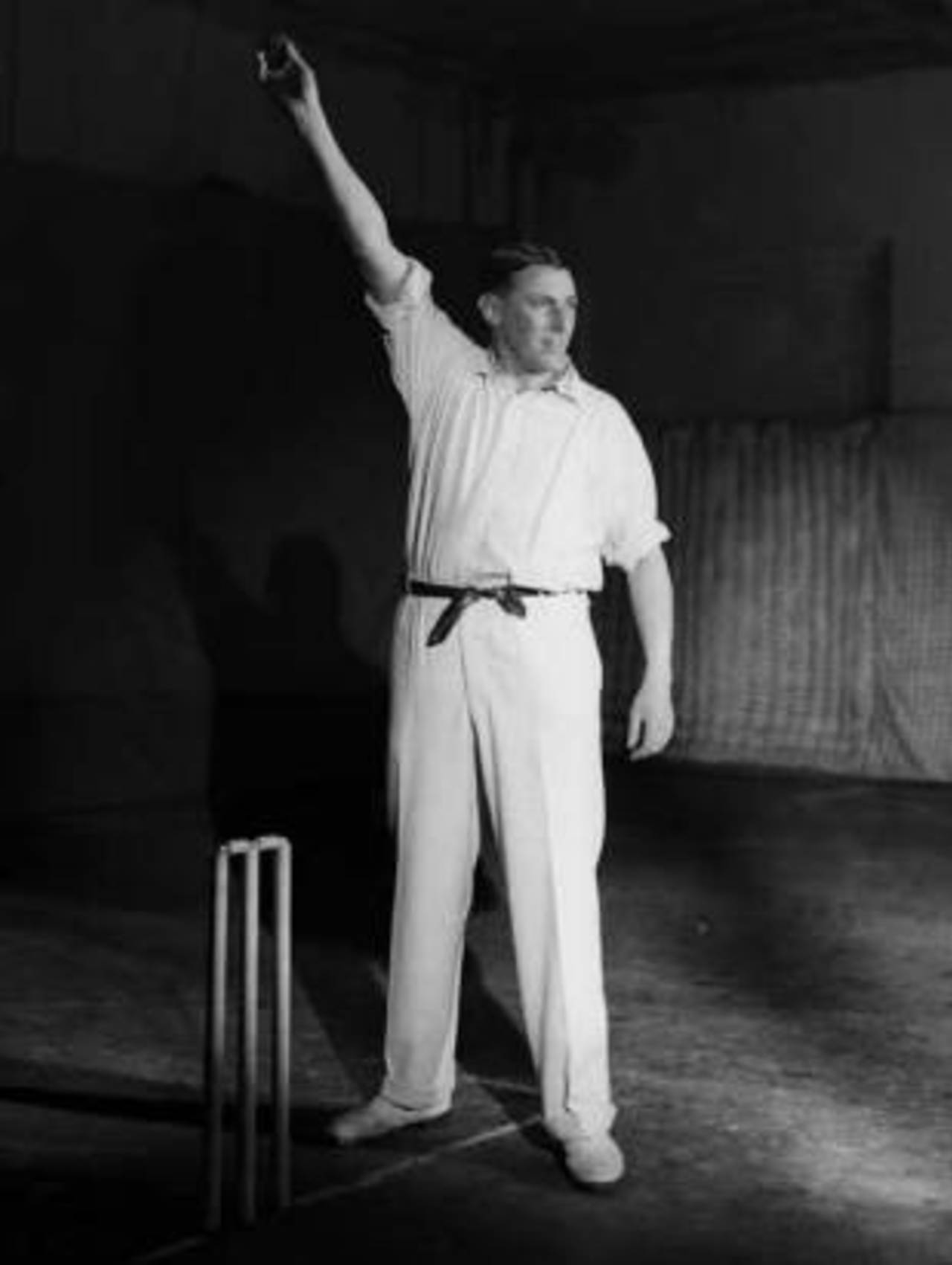When you are not yet 10, and it is already established in your mind that cricket is "your" game and that it is more thrilling to score a century at Lord's than to win a gold at the Olympics (only one Indian, MJ Gopalan, had to make a choice like that in real life), there needs to be something more than fiercely competitive games among siblings and neighbours to sustain interest. Especially when television is yet to invade the drawing room.
In the 1960s this gap was filled by Sport and Pastime, a superior sports magazine from the publishers of the Hindu. You read some of the best writers on cricket there.
One of the books that was serialised was Ten Great Bowlers by Ralph Barker. It was evocative, painted the heroes in broad brushstrokes, and introduced a schoolboy to the drama of a game played apparently by gods who could do anything they put their minds to.
Not surprisingly, therefore, I was at a tender age more familiar with the exploits of Fred Spofforth and George Lohmann and SF Barnes, Maurice Tate and Clarrie Grimmett than I was with the stories of Indian stars. And although I could reel off the statistics of Erapalli Prasanna, the lack of a comparable body of literature meant that Englishmen and Australians were intimate friends while Indians remained for long mere acquaintances. I wonder if today's schoolboy has a similar problem. Probably not.
Thanks to a kindly doctor in Bangalore who gifted his cricket library to me, I came in possession of Ten Great Bowlers a few years ago.
The good doctor also shared memories of watching
"Laker's Test" of 1956, where the offspinner claimed 19 wickets. And his kindness extended to letting me have an autographed photograph of Ray Lindwall, who played in that game. Biting into a cake brings childhood memories flooding back in Marcel Proust's
Remembrance of Things Past; rereading an old favourite had the same effect on me.
"This thing can be done," said the Australian fast bowler "Demon" Spofforth as England chased 85 to win
at The Oval in 1882. Spofforth claimed seven wickets, England lost by seven runs, and the legend of the Ashes was born. Barker's recreation of that match and of the career of Spofforth had enough detail to excite; more importantly, it left out just enough for the reader to have to bring to the story his own imagination to complete the portraits of the heroes of a bygone era. And although Barker had written
Ten Great Innings some three years earlier, it was his book on the bowlers that caught my imagination.
The most interesting offer Barton King received was highly original. "How would you like to marry a rich woman?" asked the county representative. "We have a widow who makes seven thousand pounds a year. This means you would have to do nothing in winter and play cricket all summer." The offer was declined
Stories such as the one about the great American swing bowler J Barton King ensured that the book looked beyond statistics. King was a character (he was called the Bob Hope of cricketers) and many counties in England vied for his services. The most interesting offer he received was highly original. "How would you like to marry a rich woman?" asked the county representative. "We have a widow who makes seven thousand pounds a year. This means you would have to do nothing in winter and play cricket all summer." The offer was declined.
Barker's 10 great bowlers are Spofforth, Lohmann, Bill Lockwood and Tom Richardson (the two were always spoken of in the same breath and they appear together in a single chapter here), King, Barnes, Tate, Grimmett, Hedley Verity and Bill O'Reilly.
Two glaring omissions are Harold Larwood and Wilfred Rhodes. Barker offered his reasons for excluding them: "I did not feel I could add anything significant to the very fine books about Wilfred Rhodes written in recent years by Sidney Rogerson and AA Thomson; similarly, a book has recently appeared about Harold Larwood."
In 1987 Barker published Purple Patches, the stories of players who reached great heights in one match or one series or one sequence. He had earlier written a biography of the Edriches.
For me it was interesting how a cricket-loving doctor in Bangalore, a Royal Air Force man in England (Barker wrote many books set against an RAF background), and a set of bowlers all came together to bring back a slice of childhood. Good writing evokes more than the period in the book - it evokes a period in your life.
Ten Great Bowlers
by Ralph Barker
Chatto and Windus, 1967
Suresh Menon is a writer based in Bangalore
